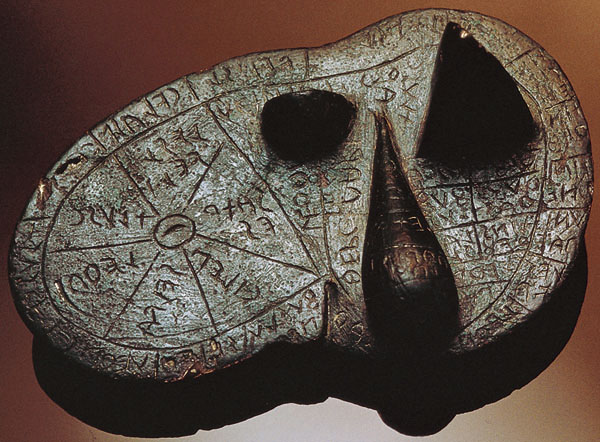Image Details

O. Louis Mazzatenta/National Geographic Image Collection
In 1877, this bronze model of a sheep’s liver, carved with the names of Etruscan deities, was found in the town of Piacenza. In Etruscan religion, the liver of a sacrificed animal was thought to symbolize the heavens. By studying the characteristics of a particular liver, a priest (called a haruspex by the Romans) could interpret the meaning of events or divine the future. The Piacenza liver, divided into over 40 “houses” with each house assigned to a god, served as a kind of annotated reference guide for Etruscan priests.
